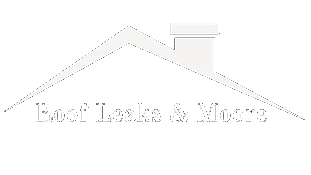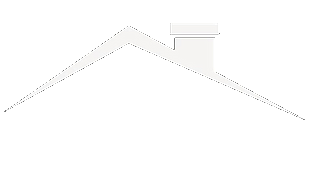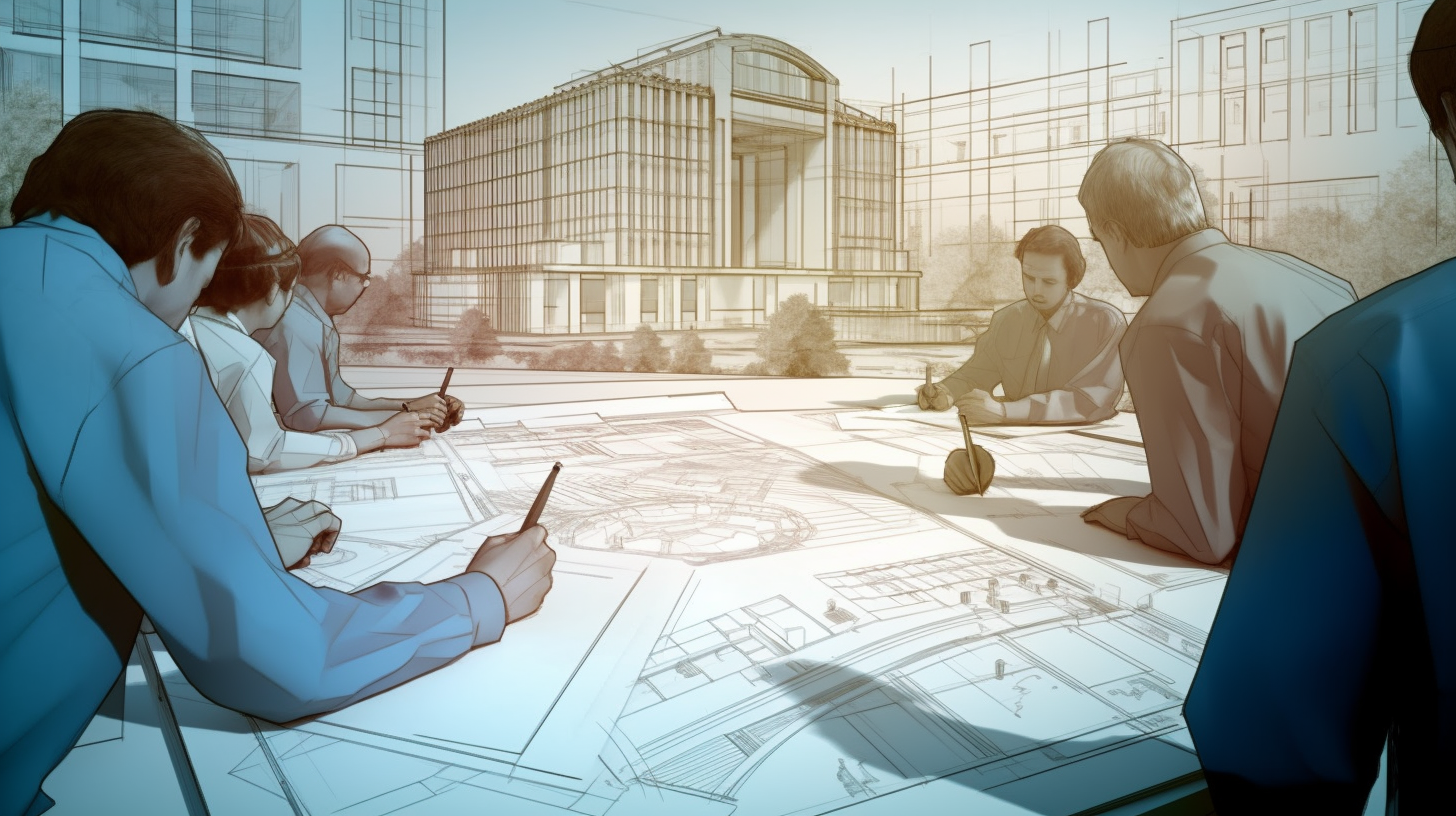You want your government building to be both functional and aesthetically pleasing. But achieving that balance can be a challenge, especially when it comes to the roof. That’s where collaborating with architects and engineers comes in. By working together, you can create a roofing design that not only meets all the unique requirements of a government building but also looks great.
Understanding the unique requirements of government buildings is crucial when it comes to roofing design. Government buildings have specific needs when it comes to safety, durability, and sustainability. Architects and engineers who specialize in government buildings are well-versed in these requirements and can help you navigate the regulations and codes. By collaborating with them, you can ensure that your roofing design meets all the necessary standards while still achieving the look you want.
In this article, we’ll explore the benefits of working with architects and engineers, the importance of communication and planning, and share case studies of successful government roofing designs.
Understanding the Unique Requirements of Government Buildings
It’s not just about looks, understanding the unique requirements of government buildings is crucial for a successful roofing design. When designing roofing systems for government buildings, it’s important to take into account sustainability features and durability concerns.
Government buildings are expected to be long-lasting and sustainable, which means the roofing system must be able to withstand harsh weather conditions and remain functional for many years. In addition, many government buildings are also required to meet certain energy efficiency standards.
This means that the roofing system must be able to help regulate the temperature within the building, reducing the need for excessive heating or cooling. Understanding these unique requirements is essential for ensuring that the roofing design is functional, sustainable, and cost-effective.
With this in mind, collaborating with architects and engineers can provide numerous benefits for achieving the best roofing design for any government building.
Benefits of Collaborating with Architects and Engineers
By teaming up with architects and engineers, you’ll discover a whole new level of creativity and functionality that can elevate your roofing solutions beyond what you ever thought possible. Here are some benefits you can expect from collaborating with these experts:
- Design flexibility: Architects and engineers have a keen eye for design and can help you create visually stunning roofing solutions that also meet the unique requirements of government buildings. They can provide valuable input on materials, colors, and other design elements to ensure that your roofing solutions not only look great but also function optimally.
- Cost effectiveness: Architects and engineers can help you identify cost-effective solutions that are both durable and long-lasting. They can help you choose the right materials, identify cost-saving opportunities, and advise you on the best ways to maintain your roofing solutions over time.
- Improved performance: By working with architects and engineers, you can ensure that your roofing solutions are designed to perform optimally in all types of weather conditions. They can help you choose materials that are resistant to wind, rain, and other environmental factors, and design solutions that can withstand the test of time.
- Compliance with regulations: Architects and engineers can help you navigate the complex regulations and codes governing government buildings, ensuring that your roofing solutions meet all necessary requirements.
Collaborating with architects and engineers is essential for creating functional and aesthetically pleasing roofing solutions for government buildings. However, effective communication and planning are also critical to the success of any roofing project.
The Importance of Communication and Planning
Effective communication and planning are crucial for ensuring that your roofing project runs smoothly, just like a well-oiled machine. Architects and engineers can provide invaluable input and expertise, but without clear expectations and timely updates, miscommunication and delays can occur.
It’s important to establish open lines of communication from the beginning, so that everyone is on the same page and any issues can be addressed in a timely manner. In addition to clear expectations and timely updates, effective feedback is also essential for a smooth execution of the project.
Regular check-ins and progress reports can help identify any potential problems before they become major issues. By providing feedback on a regular basis, you can ensure that your project stays on track and meets your expectations.
With effective communication, planning, and feedback, you can work with your team of architects and engineers to create a roofing design that balances function and aesthetics, without sacrificing one for the other. As you move forward with your roofing project, it’s important to keep in mind that balancing function and aesthetics is key to creating a successful design.
By working closely with your team of architects and engineers, you can ensure that the final product not only looks great, but also meets all of your functional needs. With the right balance of form and function, your roofing design can be both practical and visually appealing, adding value to your property and enhancing its overall appearance.
Balancing Function and Aesthetics
Achieving a harmonious blend of practicality and beauty is crucial for creating a roofing project that will leave a lasting impression on your guests. As you collaborate with architects and engineers, it’s important to consider cost-effective solutions while also taking sustainability considerations into account.
This balance can be difficult to achieve, but it’s essential for creating a roofing design that will not only function well but also enhance the aesthetic appeal of the building.
When considering the function of the roofing design, it’s important to think about factors such as durability, weather resistance, and energy efficiency. However, these practical considerations shouldn’t sacrifice the aesthetic appeal of the design.
By working with architects and engineers, you can find ways to incorporate cost-effective solutions and sustainable materials into the design, while still achieving a visually pleasing result.
Successful government roofing designs have found the perfect balance between function and aesthetics, and by examining these case studies and examples, you can gain insights into how to achieve the same success.
Case Studies and Examples of Successful Government Roofing Designs
You’ll be fascinated to learn about some successful roofing projects undertaken by the government, which have struck a perfect balance between practicality and beauty.
One such example is the roof of the David L. Lawrence Convention Center in Pittsburgh, Pennsylvania. The roof is covered with photovoltaic cells, which generate electricity from solar energy. This not only makes the roof cost-effective but also reflects the center’s commitment to sustainability initiatives.
Another impressive example is the roof of the California Academy of Sciences in San Francisco, California. The roof is covered with a living roof, which includes over 1.7 million native plants and 60,000 photovoltaic cells. This unique design helps to insulate the building, reducing energy costs, while also providing a beautiful and sustainable space for visitors to enjoy.
These case studies demonstrate that it’s possible to design government roofing projects that are both functional and aesthetically pleasing, while also incorporating cost-effective solutions and sustainability initiatives.



